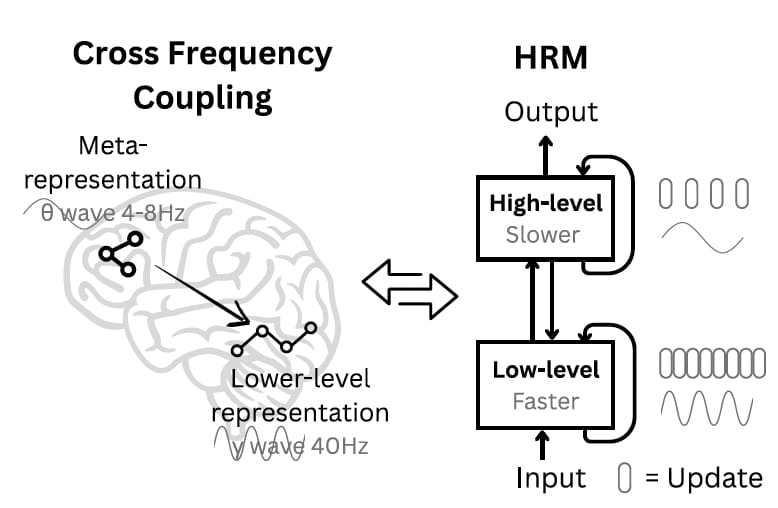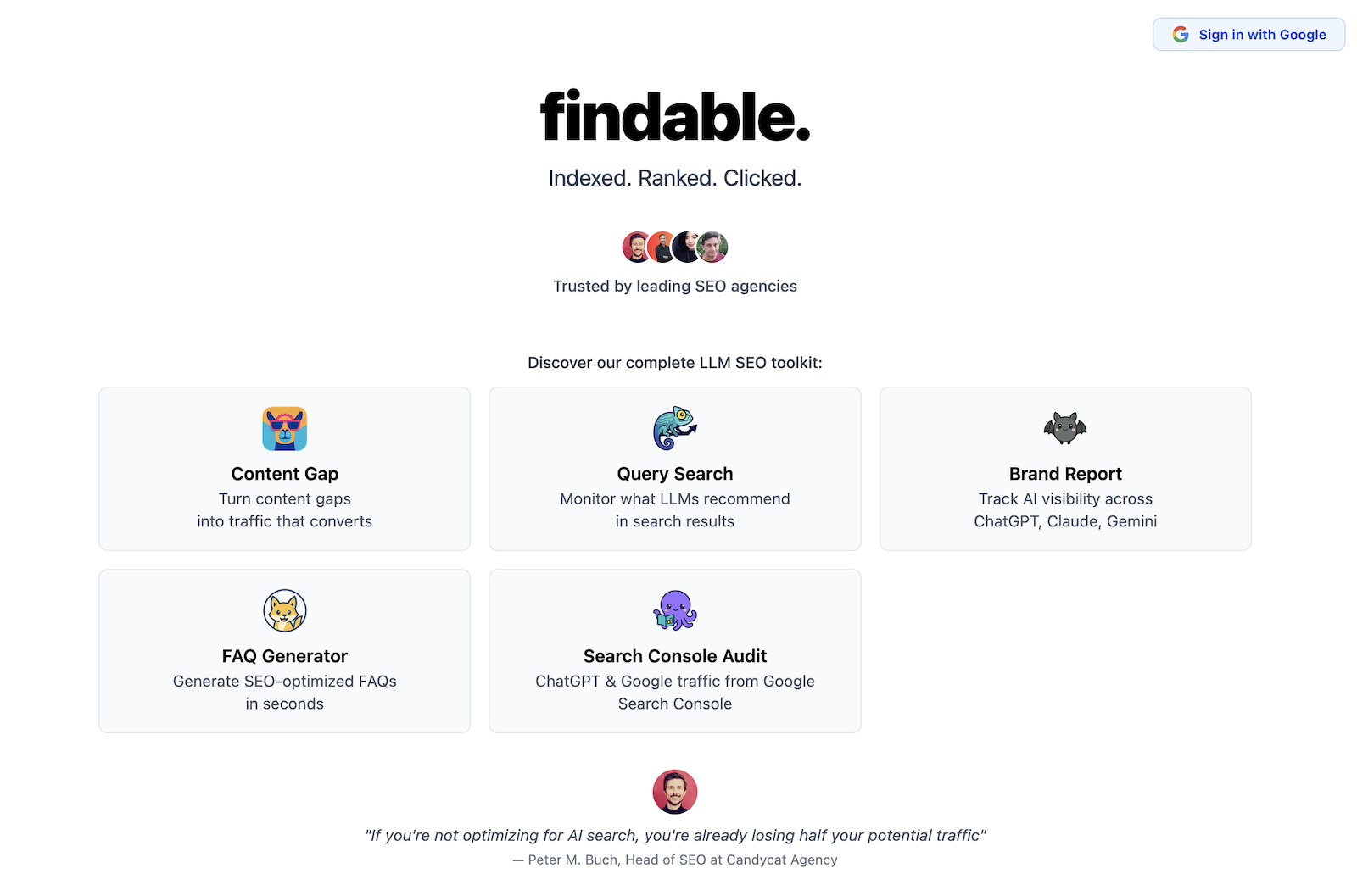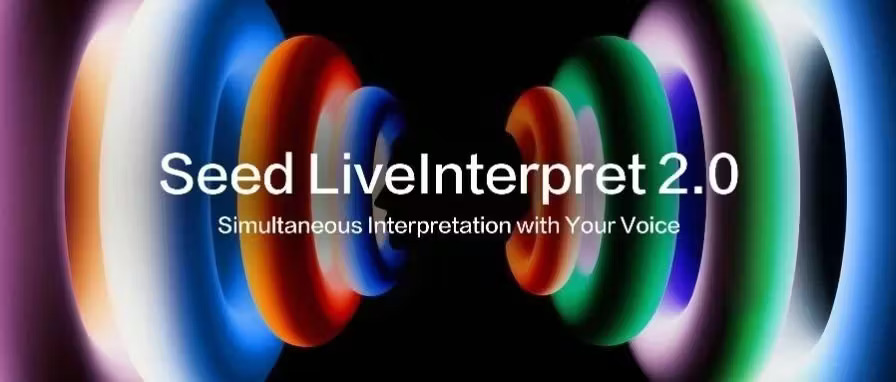- AI Breakfast
- Posts
- Google's New 'Vibe Coding' App
Google's New 'Vibe Coding' App
Good morning. It’s Monday, July 28th.
On this day in tech history: In 1992, Gerald Tesauro’s TD‑Gammon combined a multi-layer perceptron with TD(λ) learning, which updated network weights from differences in predicted value estimates across board states. TD‑Gammon learned effective positional strategies purely from self-play, illustrating how value function approximation in reinforcement learning can master a stochastic, high-branching game like backgammon
In today’s email:
Shanghai Robot Expo
Google’s Vibe Co
5 New AI Tools
Latest AI Research Papers
You read. We listen. Let us know what you think by replying to this email.
Turn AI Into Your Income Stream
The AI economy is booming, and smart entrepreneurs are already profiting. Subscribe to Mindstream and get instant access to 200+ proven strategies to monetize AI tools like ChatGPT, Midjourney, and more. From content creation to automation services, discover actionable ways to build your AI-powered income. No coding required, just practical strategies that work.

Today’s trending AI news stories
Shanghai AI World Expo shows robots ready to work
At Shanghai’s World AI Conference, the hype finally turned into hardware - and software that actually works. AgiBot rolled out its Genie Envisioner platform, blending prediction, control and evaluation to make humanoid robots less of a demo floor gimmick and more of a real industrial tool. They’re aiming to deploy 2,000 units next year across factories, warehouses and retail.
OYMotion showed robotic hands nimble enough to pick up a potato chip without breaking it, while Flexiv’s force-sensing robots went beyond vision-only AI, giving pro-level massages and handling complex objects. SenseTime pushed embodied AI further with its Wuneng platform, letting robots turn loose prompts into real-world, multi-step tasks.
On the generative side, Tencent dropped its open-source Hunyuan 3D World Model, which builds detailed, interactive virtual worlds straight from text or images, ready for gaming and VR pipelines. SenseTime countered with SenseNova V6.5, claiming it beats big-name Western rivals on key benchmarks.
Anchoring this wave, China Mobile ordered $17 million in humanoids for deployment as in-store guides. This is China’s biggest single deal to date, illustrating a fast-closing loop from AI research to scaled, embodied applications. Shanghai’s ecosystem now positions humanoids not as demos, but as practical, data-rich systems ready to tackle real industrial and service roles. Read more.
Google is testing a vibe-coding app called Opal
Google is testing Opal, an AI-powered “vibe-coding” tool that lets anyone spin up mini web apps just by describing what they want. Live in the U.S. via Google Labs, Opal translates plain text prompts into working prototypes, then shows a visual workflow so users can tweak or add steps without touching code. Once built, apps can be published to the web for others to try out through Google accounts.
Unlike Google’s existing AI Studio for developers, Opal targets non-technical creators, competing head‑on with tools like Canva, Figma and Replit that promise design‑to‑app workflows. You can remix apps from a gallery, edit prompts in real time, and customize logic with drag‑and‑drop steps, turning casual ideas into shareable, testable builds. Read more.
Meta announces former GPT-4 co-creator as Superintelligence Labs Chief Scientist
Shengjia Zhao, one of the minds behind GPT‑4 and OpenAI’s “o‑models,” has been appointed Chief Scientist at Meta’s new Superintelligence Labs. Zhao, who helped design ChatGPT’s first training pipeline and scaled large‑language model optimization, will work alongside Mark Zuckerberg and Alexandr Wang (ex‑Scale AI). His hire hints Meta isn’t chasing just bigger models, but deeper reasoning and structured cognition, key to move from fluent text generators to systems that actually reason.
We are excited to announce that @shengjia_zhao will be the Chief Scientist of Meta Superintelligence Labs!
Shengjia is a brilliant scientist who most recently pioneered a new scaling paradigm in his research. He will lead our scientific direction for our team.
Let's go 🚀
— Alexandr Wang (@alexandr_wang)
7:57 PM • Jul 25, 2025
Meta hasn’t shipped its own reasoning‑tuned model yet, but Zhao’s track record in logical alignment and large‑scale training suggests that’s coming. Zuckerberg calls it assembling an “elite, talent‑dense team” to chase artificial superintelligence, not as a moonshot, but as the next tech platform. Read more.
Brain-inspired AI beats LLMs with lean logic
A Singapore startup just threw a sharp curve at the LLM status quo. Sapient Intelligence’s new Hierarchical Reasoning Model (HRM) ditches token-by-token “thinking out loud” for something closer to how humans really solve problems: deep, silent, abstract reasoning. HRM splits the job between two brain-inspired modules: a slow planner that maps strategy and a fast solver that handles gritty details.

The Hierarchical Reasoning Model (HRM) is inspired by the structure of the brain | Image: arXiv
This combo tackles complex puzzles like extreme Sudoku and mazes with minimal data, just ~1,000 examples, and clocks in up to 100× faster than today’s heavyweight LLMs. The real punch is how it shows smarter architectures, not bigger datasets, could shape AI’s next leap as it trades raw scale for elegant, structured reasoning. Read more.

Sam Altman warns there's no legal confidentiality when using ChatGPT as a therapist
New Midjourney feature morphs images into smooth video loops
Amazon's AI coding assistant exposed nearly 1 million users to potential system wipe
Microsoft’s AI CEO thinks Copilot will age and ‘have a room that it lives in’
DOGE considering using AI to eliminate half of all federal regulations
Cursor launches Bugbot out of beta to automate pull request reviews in its AI code editor
Huawei launches CloudMatrix 384 server as an alternative to Nvidia's AI infrastructure stack
Mistral AI publishes the first comprehensive life cycle assessment of a large language model
AI referrals to top websites were up 357% year-over-year in June, reaching 1.13B
Hallwood Media has signed Imoliver, the top-streaming AI music designer on Suno, to a record deal
Samsung lands $16.5 billion Tesla chip deal to power next-gen AI, Elon Musk confirms
Google processed nearly one quadrillion tokens in June, doubling May’s total
CoSyn: The open-source tool that’s making GPT-4V-level vision AI accessible to everyone

5 new AI-powered tools from around the web

arXiv is a free online library where researchers share pre-publication papers.


Thank you for reading today’s edition.

Your feedback is valuable. Respond to this email and tell us how you think we could add more value to this newsletter.
Interested in reaching smart readers like you? To become an AI Breakfast sponsor, reply to this email or DM us on 𝕏!





